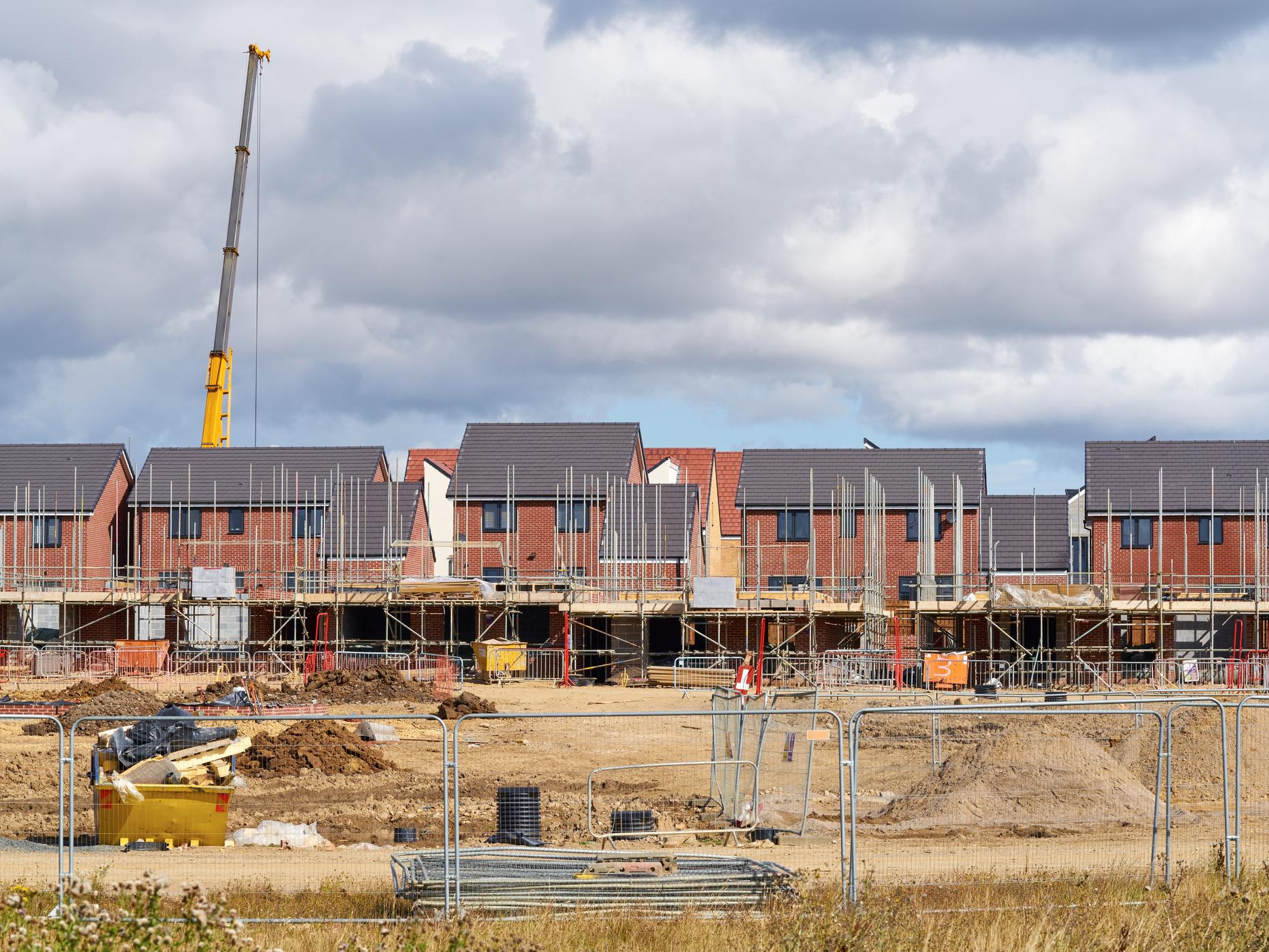Brownfield sites offer £487bn worth of property development
But the latest government cash injection won’t touch the sides, experts warn

Developing the nation’s brownfield sites would deliver the government’s housing pledge eight times over and add almost £490bn worth of homes into a severely undersupplied market, analysis of official figures has shown.
Brownfield sites are areas that have been previously developed but aren’t currently in use, such as derelict buildings or disused car parks.
But it is also the term used to describe areas that have had commercial and industrial purposes including those that could have resulted in pollution and contamination by hazardous materials in the past. Such histories can make building on such sites complicated and expensive.
Greenfield sites, by contrast, are areas that haven’t been previously developed, often agricultural or amenity land such as parks or playgrounds whose controversial conversion to housing estates and related infrastructure regularly causes significant hostility and fears over environmental impact.
Earlier this year, the countryside charity CPRE warned that recent changes to planning rules could lead to more than 400,000 new houses being built on greenfield sites in the south of England over the next five years.
Last week chancellor Rishi Sunak announced a £1.8bn funding package to deliver 160,000 new homes on 15 hectares of brownfield land as part of the latest Budget measures in a bid to help deliver the government’s target of 300,000 new homes every year by the middle of this decade.
The target itself is questioned by some campaigners and environmentalists who dispute the validity of some of the underlying calculations to come up with the figure.
But the government has so far failed to meet its housebuilding aims anyway, particularly due to a lack of investment in social housing. Last year the number was 244,000, by far the largest number achieved since the policy was introduced, but which still fell a long way short of the target.
Additional delays from Covid mean that the aim to be building 300,000 new homes by the mid-2020s is unlikely to be achieved until 2032 based on pre-Covid completions.
Get a free fractional share worth up to £100.
Capital at risk.
Terms and conditions apply.
ADVERTISEMENT
Get a free fractional share worth up to £100.
Capital at risk.
Terms and conditions apply.
ADVERTISEMENT
Specialists warn the latest brownfield property funding announcement, which follows a £400m pledge announced in last year’s spring Budget, wouldn’t scratch the surface when it comes to optimising land use for homes either.
“There have long been calls to utilise brownfield land in order to address the current housing crisis and so many will have warmly welcomed the government’s decision to finally do so,” acknowledged managing director of Sirius Property Finance, Nicholas Christofi.
“However, it’s fair to say that the development of 1,500 hectares is really just the tip of the iceberg when viewed against the wider context of just how much brownfield land there is.”
Estimates from the Ministry of Housing, Communities and Local Government show there is some 36,700 hectares of brownfield land across England alone, over 51 million sq m.
With the average home requiring a plot of 275 sq m, the real estate debt advisory firm believes that’s enough to deliver more than 1.3 million new homes, more than eight times the volume promised by the government.
It calculates the southeast is home to the largest brownfield house building potential, with enough brownfield space to deliver 210,052 new homes, followed by the east of England (186,100) and the northwest and west Midlands (179,071).
At 2,095 hectares, the northeast is home to the lowest level of brownfield land although it would still be enough to deliver some 78,181 new homes.
“Redeveloping brownfield land requires additional time, resources and budget and so it might not be the primary focus for many housebuilders,” added Mr Christofi.
“But it does present a wealth of potential and not only could it help significantly boost housing stock levels, but the value of this stock in current market conditions would be substantial.”
Based on current market values of new build homes, the figures suggest that across England alone, those 1.3 million potential homes could be worth £487bn.
The southeast and east of England again rank top, with the current market value of potential brownfield homes sitting at £92.5bn and £78.5bn respectively.
While London sits mid-table in respect of the potential number of brownfield homes that could be built (129,816), the high price of property in the capital means it ranks third in terms of the potential total value.
London’s brownfield could potentially deliver £69.3bn worth of new homes to the market, Sirius claims.
Join our commenting forum
Join thought-provoking conversations, follow other Independent readers and see their replies
Comments
Bookmark popover
Removed from bookmarks